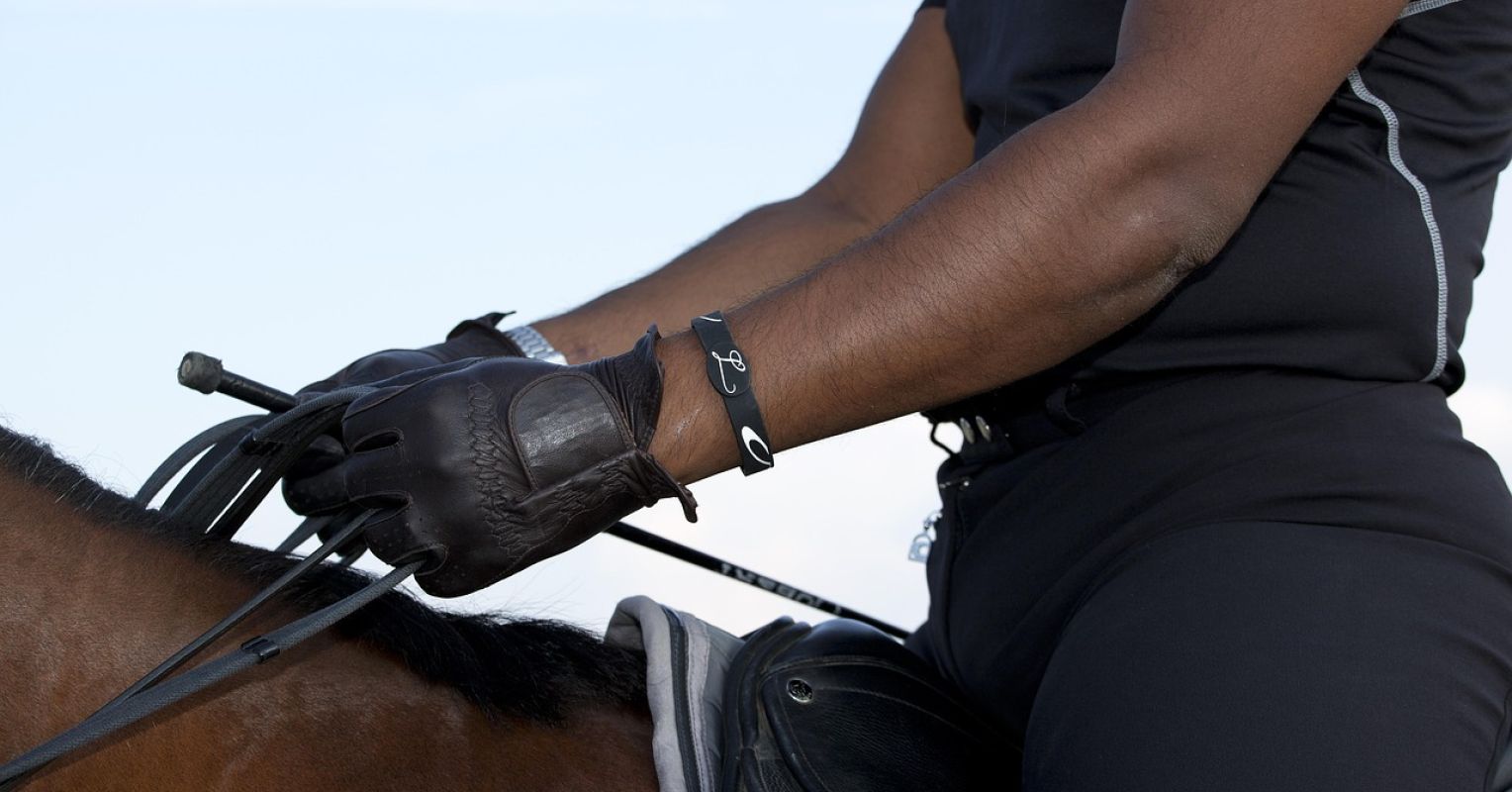
"Tennis players have to teach their bodies to accelerate a ball from 0 to 120 mph in a second or two. Judo players learn to be thrown to the ground again and again without harm or pain. Ice skaters practice spotting the same location with their eyes to keep from becoming dizzy while spinning. All of these changes occur in the muscular contractions of the body-but they depend primarily on changes in the grey matter of our brains."
"Our brains learn to isolate specific muscles living in large groups that normally function in collaboration. For example, to ride well, we sometimes need to apply physical cues to horses with only one small muscle of the inner thigh, while holding all the other inner thigh muscles at bay. But perhaps the most difficult thing for riders to learn is gentle and limited use of the hands. The death grip is one of the worst mistakes in horseback riding, for novices and experts alike."
"One reason is that falling is an innate fear, and falling from the height and speed of a moving horse is quite frightening, not to mention dangerous. To avoid falling, we learn to use balance and body position. Yet our hands still grab, as if they have the power to usurp gravity. Another reason is that our hands hold the equipment that is most confining for the horse being ridden: the bridle."
Sport-specific training requires neurological as well as muscular changes to produce precise, isolated actions. Riders must train the brain to activate single muscles within larger groups, using subtle cues such as one small inner-thigh muscle while keeping surrounding muscles relaxed. Hands require particular discipline: gentle, limited contact is essential and gripping the reins ('the death grip') is a common and damaging error. Fear of falling, reliance on restrictive equipment like the bridle, and reflexive grasping produce overuse and 'busy' hands that confuse the horse. Regular practice of light, coordinated movements across the body helps rewire motor patterns and improve communication.
Read at Psychology Today
Unable to calculate read time
Collection
[
|
...
]